Edições Impressas
19 de maio de 2025
Young Reporter | A Tree Around the World – Level 2
Article published on Joca 241
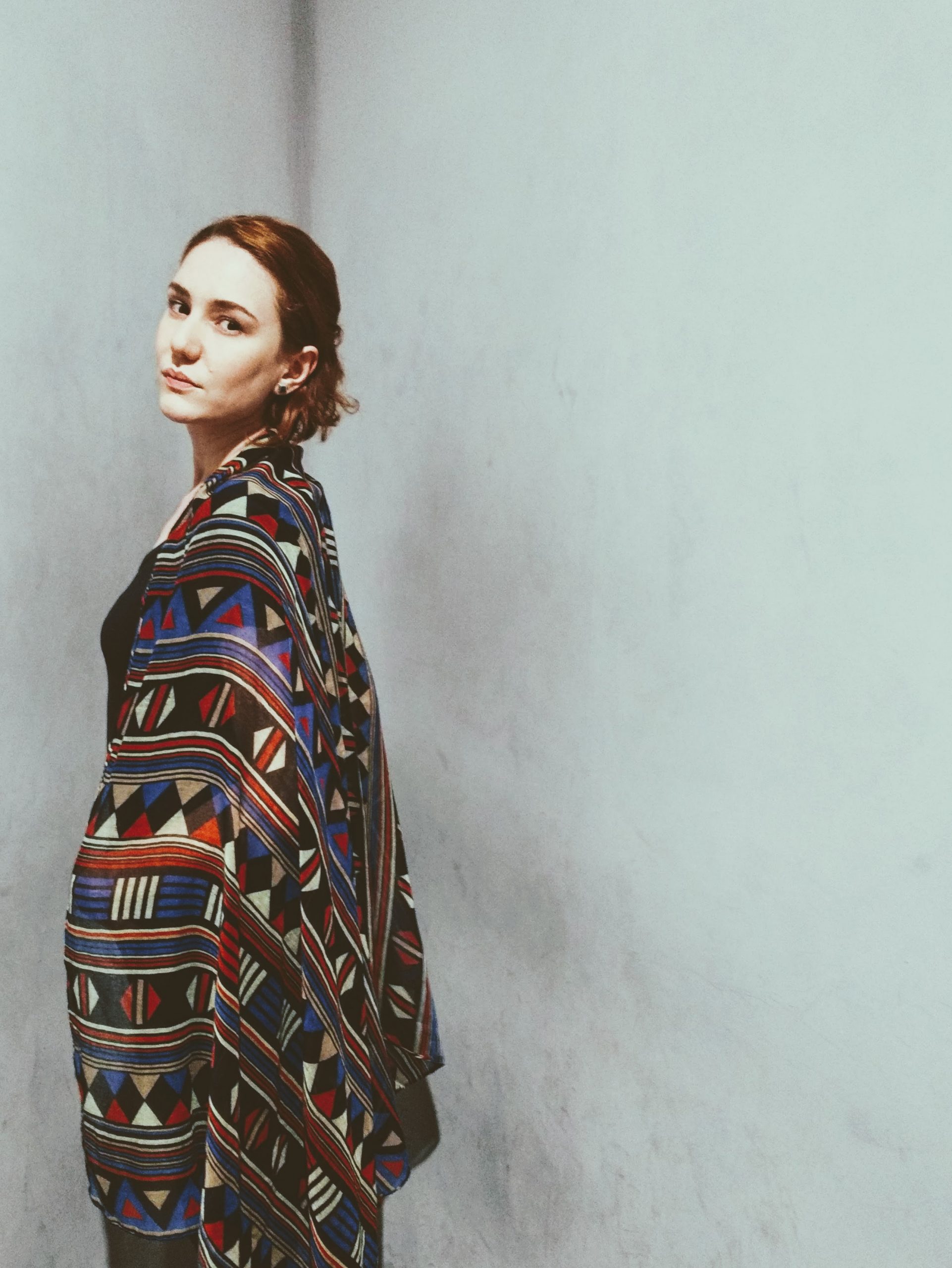
Otávio Roth was a Brazilian graphic artist, illustrator and designer. He worked in various parts of the world, with works focused on themes such as human rights and collective peace. A Árvore (The tree) is a participatory work of art, created by Roth at the United Nations International School (UNIS) in New York in 1990. It traveled to more than 70 countries: in each city, he took the drawings made by children from the previous location and invited the new group to interact with the piece. The goal was to connect young people from all over the world through art, creating a large cultural mosaic. Sophia L., 13, a member of Clube do Joca, interviewed Isabel Roth, curator of the Roth Collection. Here’s how the conversation went:
What is the role of a curator? What is your routine like?
Curating is thinking about the best way to tell a story based on the work of one or more artists. It may be an exhibition of a single artist or of several, but there is always a narrative being constructed to present these works to the public, relating them to world themes. This requires research: knowing the artist’s history and what he wanted to say with each work. Thinking about what led the artist to find this path and the relationship between the works is not easy; it is something that takes time and requires a lot of research so that you can create the connections. Curators share their vision, but it is never unique. Art allows for many interpretations, which makes this work so beautiful.
What were Otávio Roth’s dreams?
Otávio’s work contains elements that are repeated: he spoke about human rights, made a series about the Universal Declaration [of Human Rights] and worked strongly in favor of democracy during the dictatorship. But two things stand out: collaborative work and humor. He would invite children and adults to create with him, as in the project A Árvore. He had a light and fun way of making art. He was playful, liked jokes and being with children, bringing this lightness and affection to the world. And that was the goal of A Árvore: to subtly integrate young people and persons from all over the world through art and dreams.
What was the profile of the children who participated in this work?
Otávio’s projects were very varied. He spent years outside Brazil, researching and creating in countries such as the United States, Norway, England, Japan and Thailand. His art was made to integrate people, using drawing as a universal language. A Árvore involved children from over 70 countries. He worked with all audiences, and did not focus on social class or age group. He strongly believed in the power of art as a universal language.
What was it like to travel to different regions and countries with these drawings?
Whenever Otávio took A Árvore to a new place, he would take a piece of the previous work with the children’s drawings. He would show it to the new group and say: “Now it’s your turn to continue.” And then, children in Brazil would continue drawings made in New York, for example. One thing he always noticed was how colors changed. Even if the same materials were used, more shades of green appeared in rural areas, and more shades of red in cities. This also varied according to age and time of year. The drawings show what makes sense to each group; the symbols and color palette changed according to the location and culture of each situation. Children and teenagers also expressed themselves in different ways.
What motivated you to become an art curator?
People who curate like to conduct research, create connections between themes and tell stories through their works. I’ve always really enjoyed this: studying, researching, communicating. Although I studied international relations, I see a connection between my degree and my work today, since this area also builds narratives with history, economics and politics. For me, it was a very natural path, because it brings together everything I like to do.
“And that was the objective of A Árvore (The tree): to integrate, in a subtle way, young people and persons from all over the world through art and dreams.”
Ixi! Você bateu no paywall!
Ainda não é assinante? Assine agora e tenha acesso ilimitado ao conteúdo do Joca.
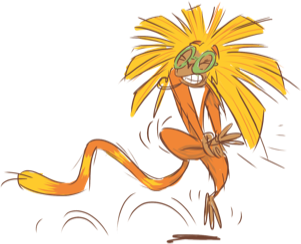
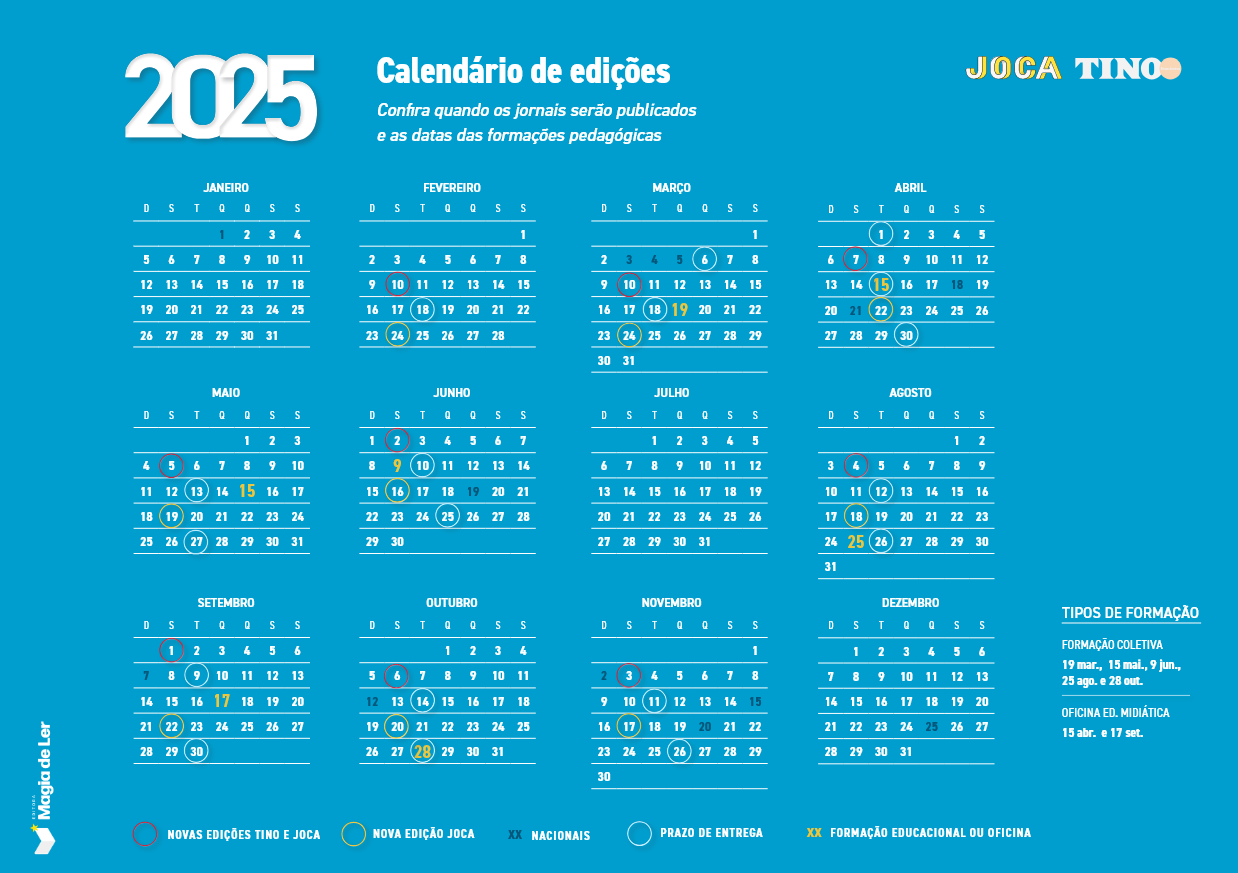




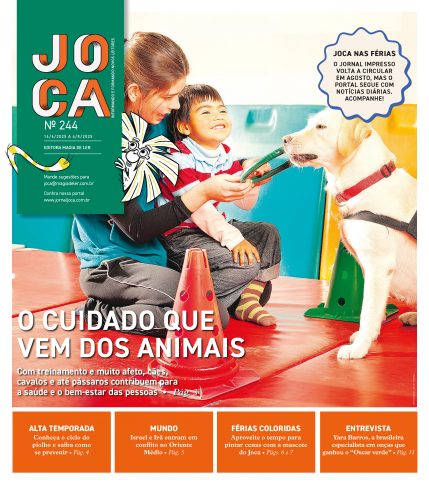

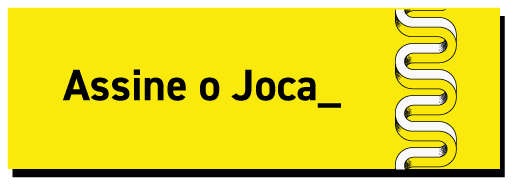

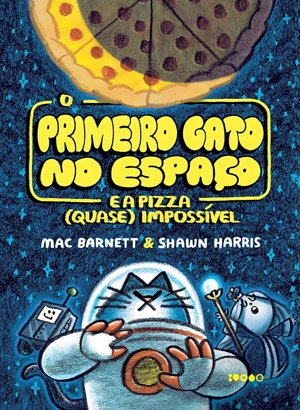
Você precisa fazer o login para publicar um comentário.